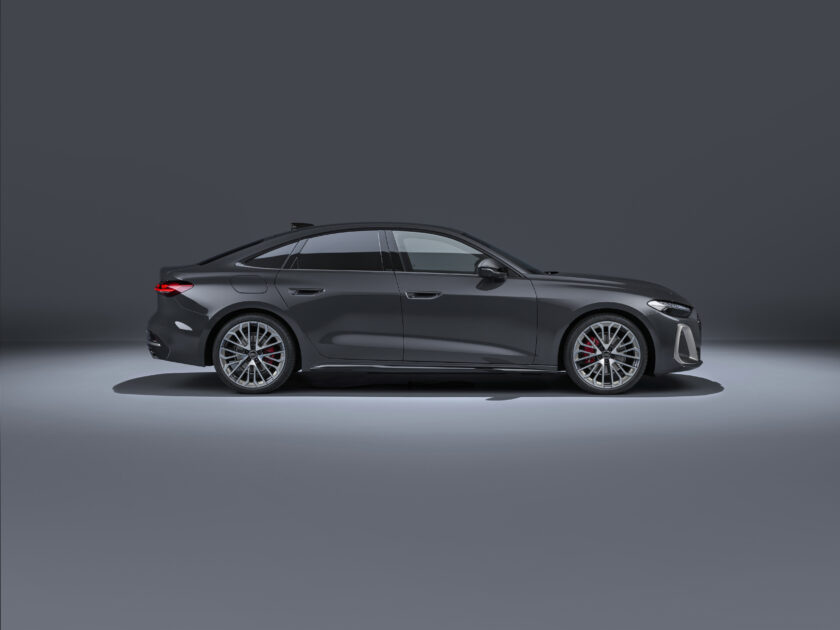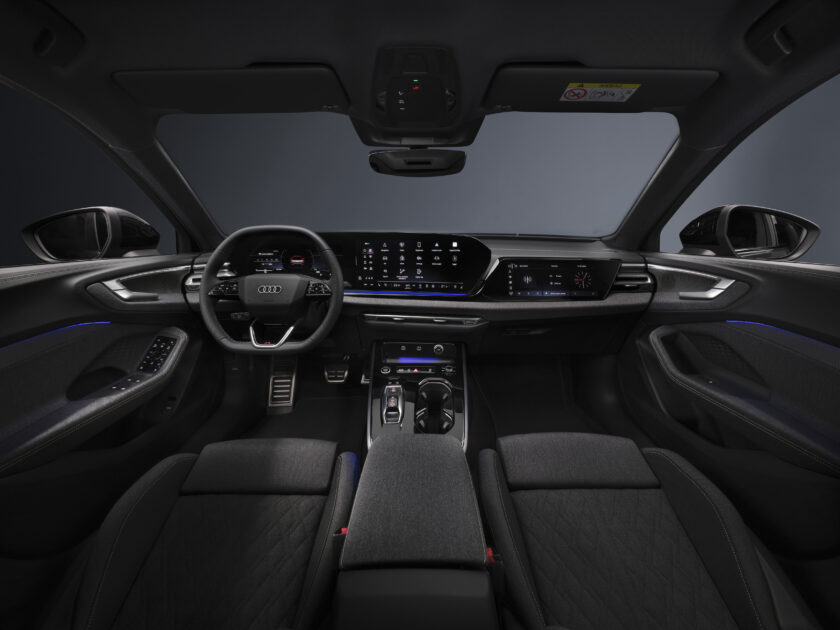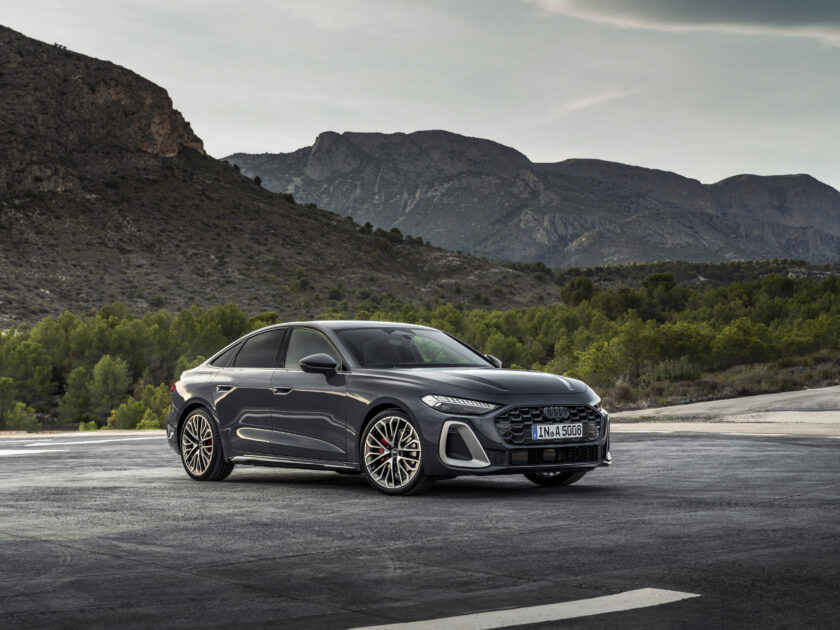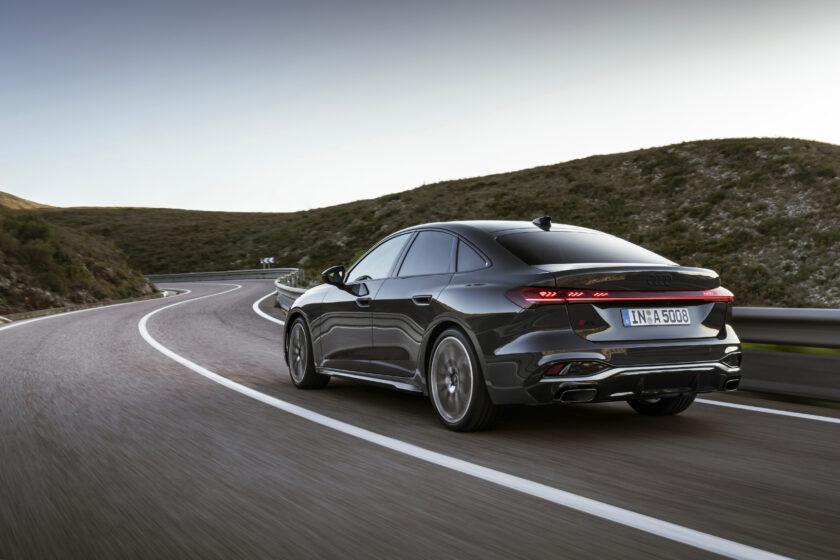
The electric car market has struggled to take off, leading to a reshaping of long-term strategies among major automakers. Audi, though yet to officially revise its goal of an all-electric lineup by 2033, has broadened its hybrid offerings. As stated by Audi’s CEO Gernot Doller, “the transition will take longer than expected.” The first step in this direction is the new “A5” series, clearly delineating the divide between electric and combustion engine models. The new model unites the former “A4” and “A5” under a single name, Audi “A5,” following Audi’s strategy of assigning even numbers to fully electric models and odd numbers to combustion-engine models. Offered as both a sedan and a station wagon—continuing the “A4” tradition—the latest “A5” also introduces the innovative modular “PPC” (Premium Platform Combustion) designed for front longitudinal engines. This platform incorporates the new 48-volt “MHEV Plus” mild-hybrid technology to enhance fuel efficiency in gasoline and diesel engines, optimizing thermodynamic efficiency to reduce fuel consumption and emissions.

At the core of the new hybrid system is the “PTG” unit, integrated with the transmission and composed of an electric motor, power electronics, dedicated cooling, and an actuator for seamless activation and deactivation. It can deliver up to 24 horsepower and 230 Nm of torque, and during deceleration, it recovers up to 25 kW of energy, functioning as a generator and enabling electro-hydraulic braking. This technology, derived from Audi’s full-electric models, entrusts the electric motor with most daily braking needs, while medium and high-intensity braking is managed jointly by the “PTG” system and traditional brakes. On gentle inclines or while maneuvering, the “A5” can rely solely on electric drive, and in urban traffic or low-speed driving, the electric unit directly assists the combustion engine through its connection to the transmission’s output shaft. Three initial powertrains are available: two gasoline and one diesel.

The entry-level version is a 2.0-liter four-cylinder turbocharged engine with variable geometry, offering 150 horsepower. This same engine is also available with 204 horsepower, with both configurations paired with an eight-speed dual-clutch automatic transmission. The 2.0-liter four-cylinder diesel from the “EA288” series produces 204 horsepower, while the sportier “S” models feature a 3.0-liter V6 gasoline engine with 367 horsepower. Regardless of the powertrain, the entire “A5” series emphasizes sportiness, showcased by a sleek, harmonious design. The sedan resembles a coupé with its sloped roofline and tail section featuring an integrated spoiler, while the station wagon has sharply inclined D-pillars and a roof spoiler. Both versions share a front end dominated by the large honeycomb-patterned Singleframe grille inspired by Audi Sport, paired with sharp headlights and prominent wheel arch blisters that evoke Audi’s all-wheel-drive system.
Inside, however, it’s all about technology, featuring the “Audi Digital Stage,” the German brand’s digital suite, with the nearly 12-inch “Audi virtual cockpit,” a 14.5-inch infotainment display, and a dedicated passenger screen. This digital ecosystem creates an immersive driving experience, enhanced by a revamped head-up display that presents a range of vehicle dynamics information (like speed and active driver assistance systems) as well as additional navigation and multimedia data.
Advanced Electronics

The new “A5” series debuts Audi’s original “E3 1.2” electronic architecture in combustion-engine vehicles, incorporating five computing platforms with artificial intelligence and self-learning capabilities. Just saying “Hey Audi” activates a virtual assistant that can automatically handle vehicle functions, search for destinations, or provide weather forecasts. For general inquiries, the system uses “ChatGPT” by OpenAI, seamlessly responding to driver requests without compromising privacy, as “ChatGPT” has no access to vehicle data.
Safety at a Glance
Aligned with its futuristic technology profile, the Audi “A5” is equipped with second-generation OLED technology, enhancing the functionality of lighting systems for both individual and collective safety. The rear lights act as displays, communicating with the environment and alerting other road users of potential dangers. The communication lights include active warning symbols during critical driving situations or when predictive assistance systems—such as emergency assist or automatic emergency braking—activate, or as part of the “Exit Warning” system that helps prevent collisions with vehicles and cyclists when opening doors.
Title: Audi A5, advanced electronics
Translation with ChatGPT



